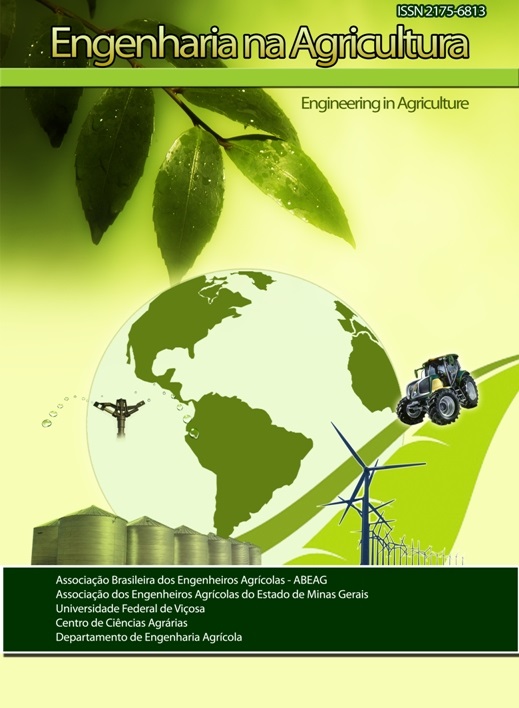SUPPORT VECTOR MACHINE TO ESTIMATE THE SOYBEAN YIELD
DOI:
https://doi.org/10.13083/reveng.v25i3.745Keywords:
Inteligência Artificial, Nutrientes Foliares, RegressãoAbstract
Soybean is one of the major oleaginous, used for food and feed to processed products and also as an alternative source of biofuel. Due to its great uses that is highly valued and cultivated in the world. Therefore, this study sought to apply an artificial intelligence technique to predict soybean yield and therefore maximize production from farmlands, increase the profit of the producer and reduce environmental impacts. There were then used the support vector machine technique, to find a prediction model of soybean yield from the leaf nutrients, allowing therefore that fertilization is carried out only in necessary locations predicted as low productivity points for best support vector machine model obtained. Among all created models, the best prediction of productivity model was able to explain 58% of the actual data with the variables of nitrogen, phosphorus, potassium, calcium and magnesium collected in the V6 stage (second collection held) of soybean leaf. Seeking to use fewer variables and make the practice more accessible, were applied a variable selection technique to get a good model using less input variables for vector support machine, and as result a model that only used the variables of nitrogen, phosphorus and calcium from the second collection of nutrients, was also able to explain 58% of the actual data.Downloads
Downloads
Published
How to Cite
Issue
Section
License
Authors who publish with this journal agree to the following terms:
The author(s) authorize(s) the publication of the text in the journal;
The author(s) ensure(s) that the contribution is original and unpublished and that it is not in the process of evaluation by another journal;
The journal is not responsible for the views, ideas and concepts presented in articles, and these are the sole responsibility of the author(s);
The publishers reserve the right to make textual adjustments and adapt texts to meet with publication standards.
From submission, the author is fully conceding the paper's patrimonial rights to the publication, but retaining the owner of its moral rights (authorship and paper's identification) according to Creative Commons Attribution-Noncommercial.








 Licensed by
Licensed by 